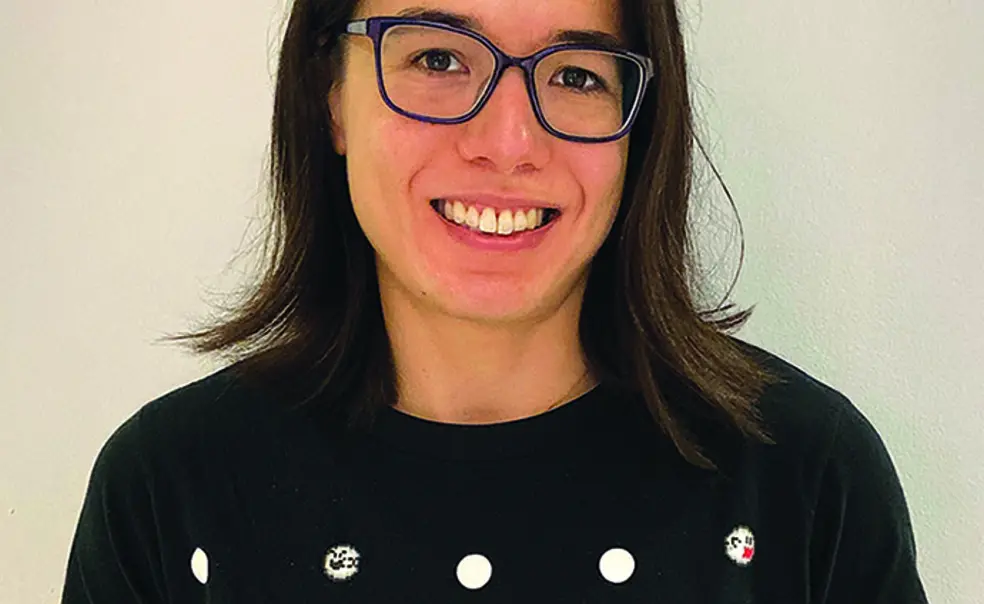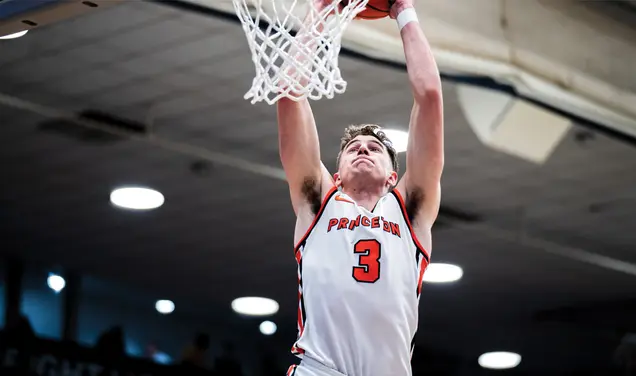Crossword Constructors Are Mostly Male. Here’s How We Fix That.
I know I’m not alone among PAW readers in being a regular solver of crosswords, although I suspect I solve more of them than almost all readers of this magazine — except Dan Feyer ’99, who has won the American Crossword Puzzle Tournament a record-breaking eight times, including last year. But do you ever pay attention to who made your crossword puzzle? Most people don’t.
I’ve been a competitive solver for close to 20 years, placing fourth in the 2019 tournament and among the top 10 six other times. If I give a conservative estimate of having solved 20 puzzles a week over that time, it totals more than 20,000 puzzles since I first started doing them junior year in the Campus Club common room. I knew the bylines of my favorite puzzle makers (or “constructors,” in our parlance), especially since I started making puzzles myself in the early aughts. But there was something that escaped my attention for a long time.
Chances are, the crossword you solved this morning was made by a man. The New York Times puzzle, considered the puzzle of record by many, keeps statistics on women constructors: Since 1993, when current editor Will Shortz took the helm, only 20 percent of Times puzzles have been created by women. (Since collaborations between a woman and a man count as “made by a woman” in this tally, that statistic, if anything, overstates how many women are making puzzles.) In all but one major market, the crossword editor — the person making decisions about which puzzles run and why — also is a man. The irony of this is not lost on me: As Adrienne Raphel ’10 notes in her recent book on crosswords, Thinking Inside the Box, The New York Times’ first crossword editor, who established so many of the puzzlemaking conventions we constructors still use today, was a woman: Margaret Petherbridge Farrar.
Whether or not you’re a warrior for feminism, what this means is that the puzzle you solve is almost certainly a lot less interesting than it could have been.
I can’t tell you how many times I’ve filled baseball trivia into a puzzle. Mel OTT, who retired from MLB in 1947? Check. Felipe, Matty, and Jesús ALOU, none of whom have played since the ’70s? Also check. On the other hand, LIZZO — the Grammy-winning singer-songwriter who has been tearing up the charts with catchy tunes like “Truth Hurts” — has yet to make it into the New York Times crossword.
Puzzles reflect the people who made them. And when there’s a sameness to the people making and editing the puzzles, there will be a sameness to the puzzles themselves — a sameness that is antithetical to the whole purpose of a crossword, which is to surprise and delight the solver. I’m fine with having to know who all those old baseball players are — but I also want to see more art and fashion and chick flicks in puzzles. Crosswords are more fun when the pool of people making them is more diverse!
Last year, after a nine-year hiatus, I began making puzzles again, not with a collaborator, as I did in the past, but with my own, womanly voice. Here’s what you can do if you want your daily crossword puzzle to reflect a wider world than it does now:
First, pay attention to the bylines. The first step to solving more puzzles by women is to recognize the women constructors out there so you can seek out their work.
Think outside your usual black-and-white box. There are crossword editors out there who welcome and encourage women constructors. Like easy puzzles? USA Today, which publishes puzzles aimed at casual solvers, recently hired an editor committed to publishing more women; the first few months of his tenure have seen a flood of female constructors in the paper. If you prefer more of a challenge, try The New Yorker, which debuted an online crossword in 2018 — a woman edits it. In both these markets, the editorial slant toward freshness and variety is clear, which leads to more enjoyable puzzling. Bonus points for subscribing to The Inkubator, an independent venue that publishes only women and takes extra time to work with newer constructors to help them learn to make the highest-quality puzzles.
Finally, write in — and I don’t mean the answers. Have a favorite puzzle? Write to the editor! Tell him — it’s almost certainly a him — that you want to see more puzzles by women. And, of course, positive feedback helps, too: If you see a woman’s byline on a puzzle you like, ask to see more.
There’s room in the crossworld for far more diversity than exists now. I hope you’ll join me in asking for a 12-letter phrase that would help get us there: GENDER PARITY.












No responses yet